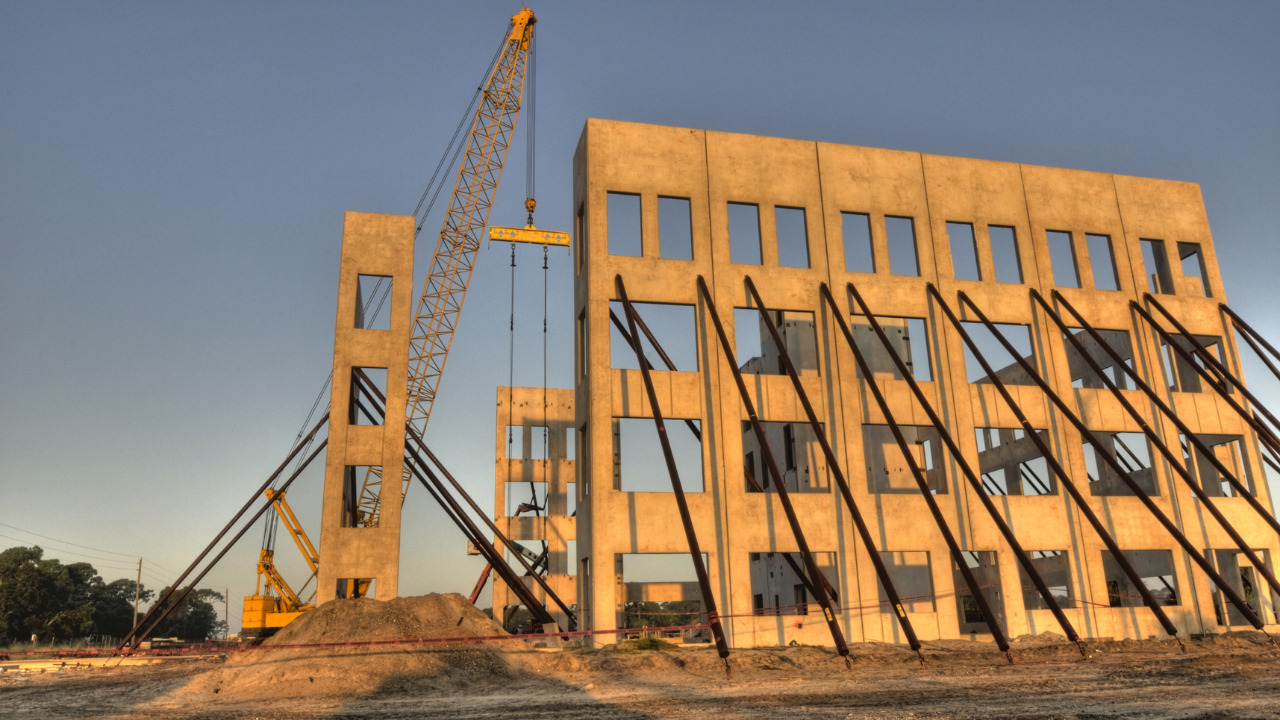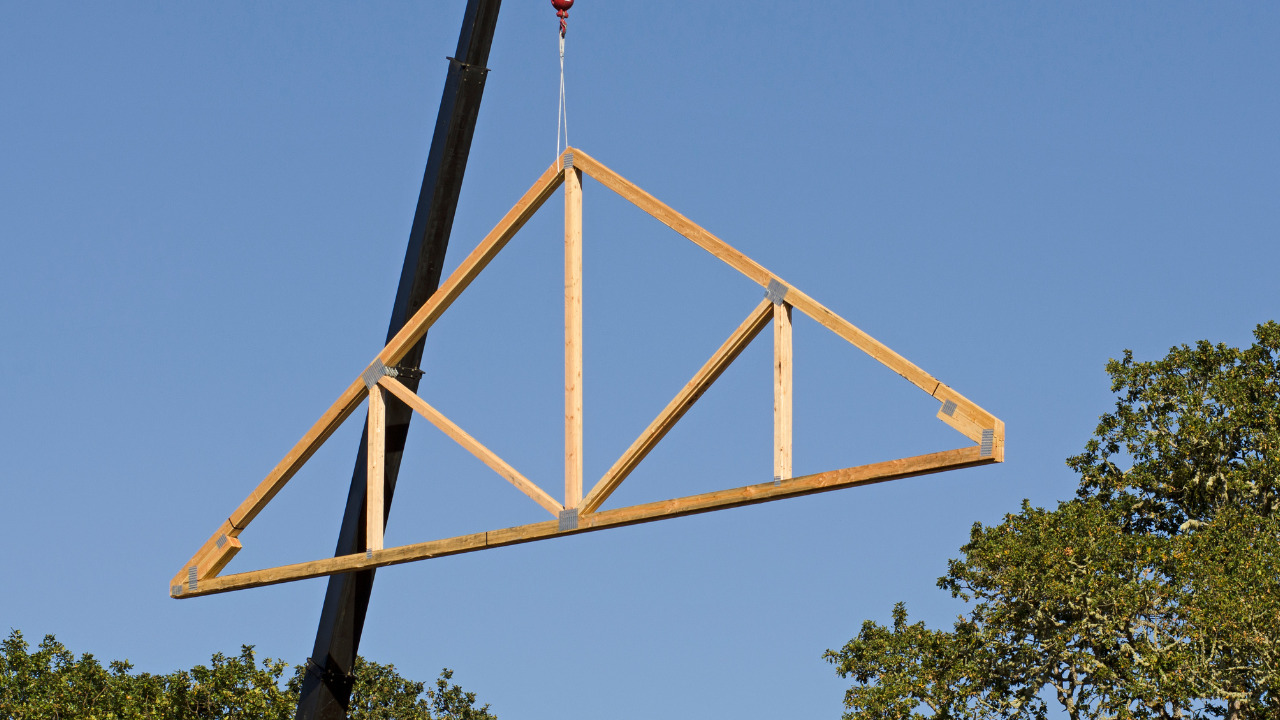Cable framework, A type of tensioned long-span construction that is supported by suspension cables. The suspension bridge, the cable-stayed roof, and the bicycle-wheel roof are all highly effective cable structures.
Any string or cable stretched freely between two points will take the shape of a catenary, as evidenced by the beautiful arc of the enormous main cables of a suspension bridge.
Steel cables extending downward from masts elevated above the roof level support the cable-stayed roof from above. The capacity to carry only axial loads is the defining characteristic of truss and cable elements.
However, cables only work in tension because they lack rigidity when loaded in compression. Additionally, wires are frequently pre-tensioned. While truss elements are normally not pre-tensioned, they carry an initial tension load. The behavior of the two parts is significantly different due to this pre-tension force.
Table of Contents
Cable Truss Stayed Bridge
The term “cable-stayed bridge” refers to a bridge where the deck’s weight is supported by several tensioned, nearly straight, diagonal cables that run parallel to one or more vertical towers. Through vertical compression, the towers transmit the cable stresses to the foundations.
The deck was also compressed horizontally by the tensile pressures in the cables. The cantilever method is typically used to build cable-stayed bridges; therefore, the process starts with the caissons being sunk and the building of towers and anchorages.
One cable and a portion of the deck are installed in each direction following the tower’s construction. The deck is prestressed before moving on to the next segment. The process is repeated up to the deck’s middle, where they are joined. At the abutments, the ends are secured.
The designer of a cable-stayed bridge has a wide range of options for both the deck and cable materials, as well as the geometric configuration of the cables.
Wire Rope Truss
In engineering, a rope constructed by twisting together many strands of metal wire or an assembly of three or more ropes for added strength is known as cable, sometimes known as wire rope.
Even when it was initially used for hauling and hoisting, in his mind, it proved to be so much more cost-effective and useful than hemp rope that its use quickly spread throughout European mining.
Many wire scraps were twisted together to create a wire strand for this stranded wire rope. Several separate wire strands were successively twisted together to create a wire rope.
Selvage cables—a collection of separate wires stretched out into a long length and aligned parallel to one another, then linked together and wrapped with tarred hemp yarns—had already been used to create wire rope before this development.
Manufacturing rope from synthetic or natural fibers is analogous to making rope from the wire. First, strands are formed by twisting the individual wires. When bending forces are present, the core’s role is to act as a solid cushion to hold the wires in place in the strands and to give some internal lubrication.
Uses Of Wire Rope Truss
Most wire ropes are employed in hoisting and hauling activities, and the equipment utilized, such as cranes and hoists. A flexible rope construction that can withstand rapid movement and bending forces is needed for most of these uses.
This feature is less of a factor in another usage, including support guys and stays. The primary cables of a suspension bridge are best suited for selvage cables, which are made of parallel wires. Ropes made for marine application are used for towing, mooring, and rigging.
Advantages Of Cable Truss
The benefits of using cable truss curtain wall systems include transparency and reflection on the façades, a light, functional surface, quick construction with few materials, and compliance with stringent environmental protection and energy-saving standards.
The downsides include the cost being higher than other systems and the complexity of the calculations for load distribution and safety at the joints.
This system requires accurate engineering, meticulous detailing, precise fabrication, and appropriate installation. The system is designed to minimize the supporting components and maximize transparency.
Drawbacks Of Cable Truss
The drawbacks of cable truss are its higher cost than other systems and the complexity of its calculations for the load distribution at the joints. The cable truss system comes in three main architectural design typologies. These systems span the gap between the floor system and the independent body.
Bottom Line
A system of straight bars and cables connected at their ends from a rigid framework is how cable-truss constructions are best defined. Transferring axial forces from the imposed loads to the supports is the goal.
While most cable trusses may be reduced to planar situations, they are three-dimensional structures. This work uses an approximation since it saves on processing costs and hinders a fuller understanding of the structure dependencies.
Analytical solutions are possible for planar cable trusses with basic configurations and few members. But numerical techniques are probably necessary to solve complicated cable-truss systems.





